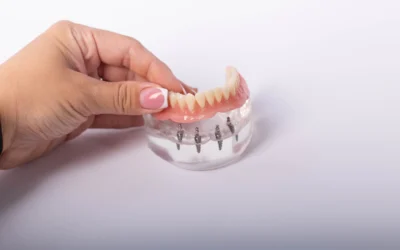When a new baby is born, their gummy grin is pure joy. Growing teeth is less than joyful, and as the teeth come in and we grow up, sometimes they don’t follow instructions and leave gaps and turn at odd angles that you’d rather they didn’t.
Teeth also work hard. They chew, grind, and are sometimes used to do things that have nothing to do with food and can lead to damage and uneven wear.
Genetics and life events both play a role in the appearance of your teeth. No matter how your teeth look, smiling is good for us! Still, sometimes it can be easier to smile when we feel confident in our teeth’s appearance. If you would like to improve your teeth but don’t want anything too invasive or expensive, composite bonding might be a great option for you.
What it is:
Composite bonding is a painless procedure that can close gaps, give a straighter appearance, and do some minor repair work. Doesn’t that sound nice?
In composite bonding, the dentist creates a resin that matches your natural tooth color and applies it to your teeth to fill in small cracks and gaps that give a crooked look to your teeth. It is generally only used on your front teeth. The bottom teeth take quite a bit of abuse and, generally, the composite bonding won’t hold up to it.
What it isn’t:
Composite bonding isn’t permanent. There are more permanent solutions to crooked or discolored teeth. Resin is durable, but not permanent. However, it is more affordable than other permanent options, which is a plus. It can be a good first step if you are considering some dental work but aren’t ready to invest in permanent improvements.
Composite Bonding Versus Veneers
A common dental cosmetic treatment, veneers are permanent treatments and more of an investment in time and money. If you are looking into some dental remodeling, it is worth comparing these two approaches and seeing what might work best for you.
-
Process
Composite bonding can be done in just one dental visit. It is painless, so no anesthesia is required. It will be a long visit as the dentist applies the resin, but it can all be done in one sitting. The dentist applies the resin and then cures it with UV light. You are in and out in one day with a brighter and straighter smile.
Veneers will require at least two visits and some anesthesia to keep you comfortable. Your dentist will file the front of your teeth to prepare them for the veneers. The porcelain veneers are then made in a specialized lab. The veneers are then permanently bonded to the front surface of the teeth where they were filed. There are certain cases where you can get “no drill” veneers that are bonded to the front of the teeth without having to do any filing. However, getting veneers can be a bit of a process.
-
Permanence
How long they last is another big difference.
Composite bonding uses resin. As mentioned above, the resin is durable, but not permanent. It can last five to seven years, depending on how well you care for it.
Veneers, on the other hand, are designed for the long haul. Because they are permanently bonded to your teeth, they are irreversible. Sometimes, after fifteen to twenty years, the porcelain veneer might have some color change. The veneers cannot be removed, but they can be replaced if needed.
-
Cost
This is another big difference between composite bonding and veneers. Composite bonding takes less time and can be done in the office. This means it costs less for the dentist and less for you.
Prices vary depending on your dental office and your own dental needs. The only way to know pricing is to meet with a cosmetic dentist that can give you an accurate estimate based on your needs. Every mouth is different.
Our mouths work hard for us. Not only do they eat and drink, but they are also a big part of our communication, both verbal and non-verbal. Smiling is good for us. It sends a message to our brain that we are happy. It can brighten someone’s day and set others at ease around us. Smiles are powerful.
And yet, sometimes we have a hard time smiling if we don’t feel confident with our teeth due to damage, discoloration, or decay. Nobody has a (naturally) “perfect” smile. We are all unique and so are our smiles. It is important to embrace that and not worry too much about an “Instagram” worthy smile. A healthy, crooked smile is better than no smile at all.
We do live in a modern age, though, where there are treatments and options available if you’d like to update your smile a little. Composite bonding might be a great fit for you if you are looking for an option that is non-invasive, semi-permanent, and easier on the wallet than some other options. Composite bonding or not, we just hope you keep smiling.



